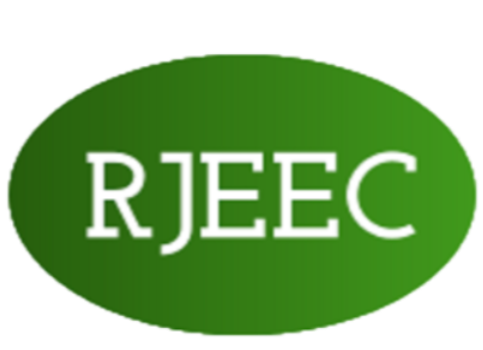
Stoichiometry of carbon, nitrogen, and phosphorus in wastewater from Romania
Authors: FLORINELA PIRVU, IULIANA PAUN, MARCELA NICULESCU, IANCU VASILE ION, LUOANA FLORENTINA PASCU, FLORENTINA LAURA CHIRIAC
Keywords: wastewater, inorganic nitrogen, total phosphorus, total organic carbon, stoichiometry
https://doi.org/10.21698/rjeec.2021.215Water resources crisis can lead to a new concept of wastewater treatment. Wastewater cannot be considered waste, but can be a renewable or non-renewable energy source. Nutrients from wastewater could be recycled and not disposed of. A circular economy can be created that can be based on the ability of algae to absorb and store nutrients: carbon (C), nitrogen (N) and phosphorus (P). This study investigates the stoichiometry between carbon, nitrogen and phosphorus in wastewater from three geographical regions of Romania. The concentrations of inorganic nitrogen, total nitrogen, total phosphorus and total organic carbon were compared and evaluated. Three wastewater sampling points located in different areas were monitored, in the period 2013-2017 for the sampling point located in the central-northern part of the Romanian Plain and in the period 2015-2017 for the other two studied areas. The obtained results showed very high values of total nitrogen concentrations with values between 28.2 mg/L and 107.2 mg/L for the southeastern part of Romania. The values of the stoichiometric ratio’s C/N, C/P, N/P have varied over time with maximums in the autumn and winter seasons which indicates the existence of significant contamination of wastewater. It may be possible in the future to improve the performance of wastewater treatment by adjusting C, N and P parameters.



